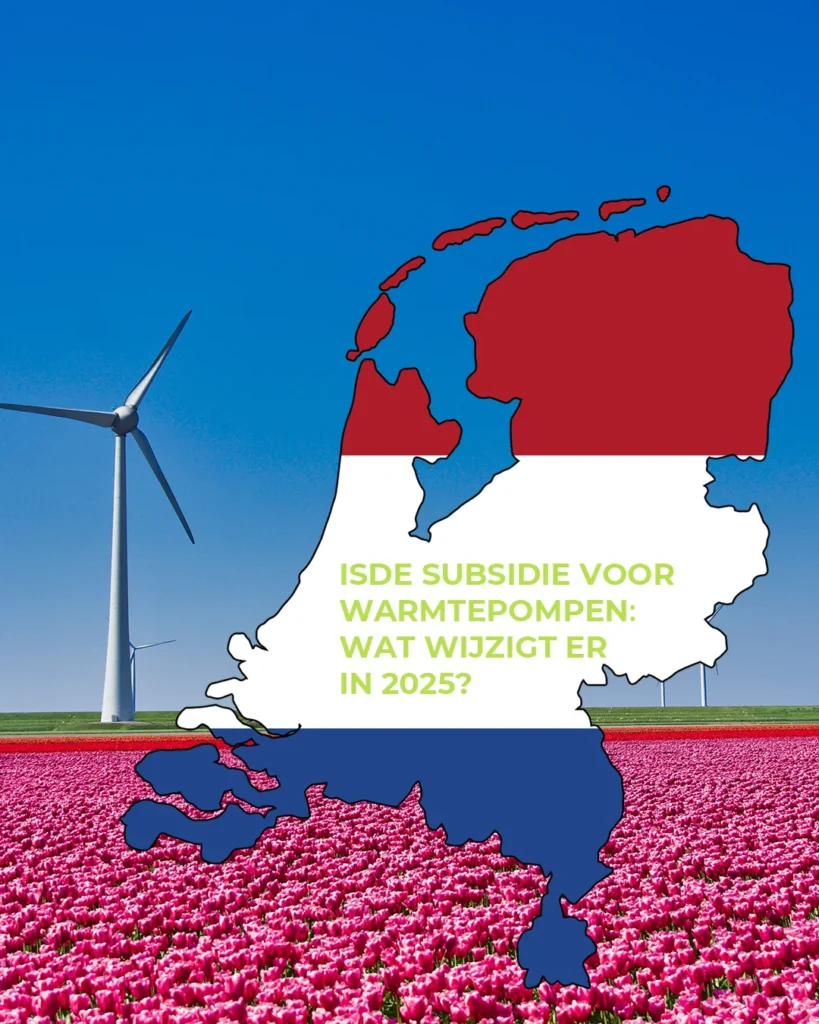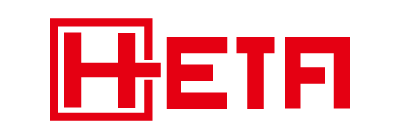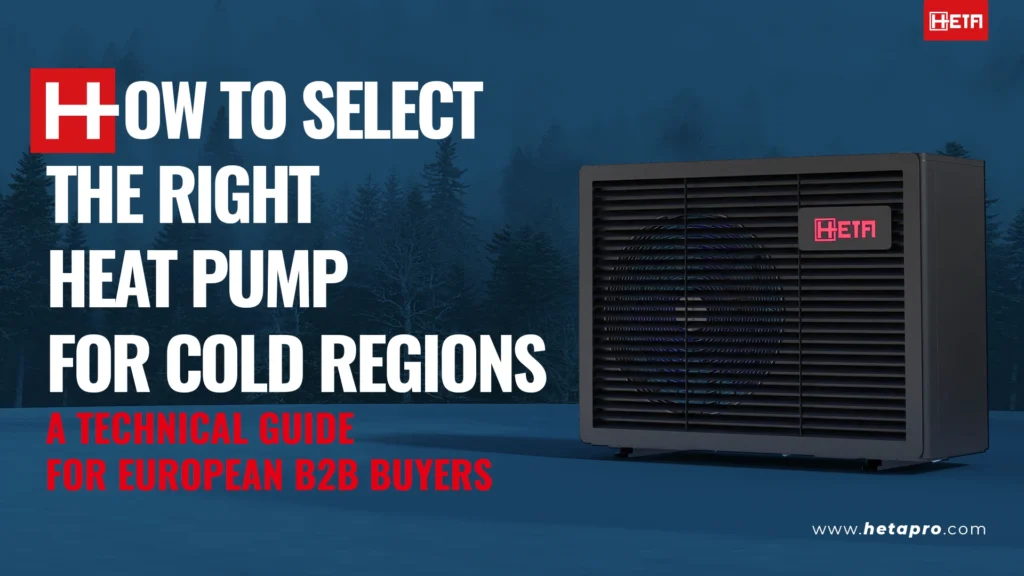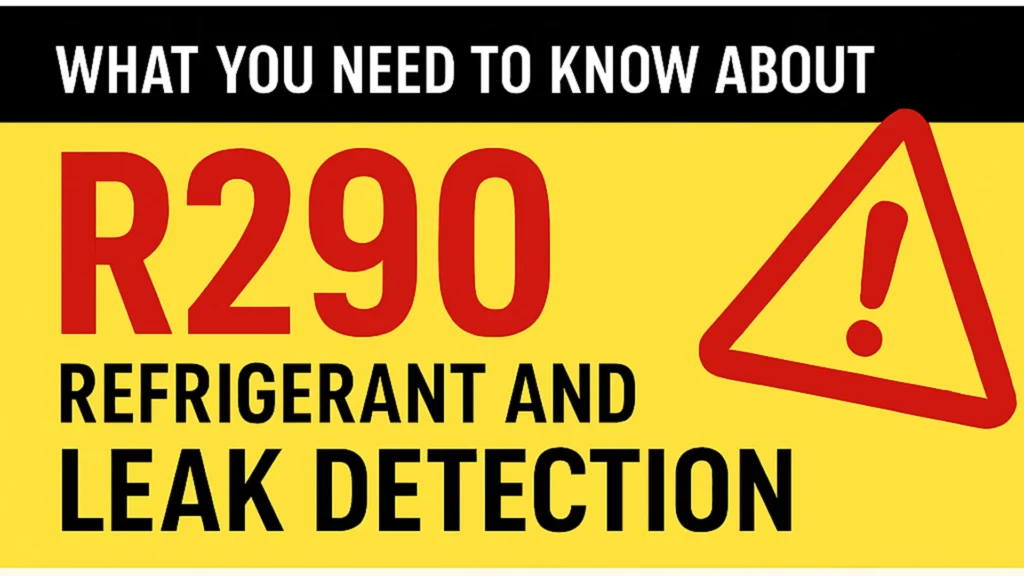
The Netherlands government has been a global frontrunner in promoting sustainable energy, and the upcoming 2025 heat pump subsidy changes reaffirm its commitment. However, as new adjustments unfold in the ISDE subsidy (Investment Subsidy for Sustainable Energy), it’s crucial for homeowners, associations, and businesses to be prepared. If you’re considering investing in a heat pump subsidy(warmtepomp subsidie), here’s everything you need to know about what’s changing and how it impacts your decision-making.
The Shift in Base Subsidy for Heat Pumps
One of the most significant updates in the ISDE subsidy for 2025 is the adjustment in the base subsidy for air-to-water heat pumps. While the previous base amount was set at €2,100, this will drop significantly to €1,250. Although this sounds like a setback for smaller systems, there’s a twist:
The Subsidy per kW Is Increasing
The subsidy for each kilowatt (kW) of heat pump capacity will increase from €150 to €225. This means that larger heat pump systems with greater capacity will actually become more cost-effective due to higher subsidy payouts for those additional kWs. For instance:
- A 3 kW heat pump will receive €1,900 in 2025, compared to €2,625 in 2024—a noticeable decrease.
- A 16 kW system will see its subsidy increase from €4,575 in 2024 to €4,825 in 2025.
What This Means for You:
If you’re planning to install a larger heat pump, now may be an excellent time to act, as the subsidy scheme increasingly favors higher-capacity systems.
Bonus Adjustments for A+++ Energy Efficiency
Another notable change is the decrease in the bonus for A+++ energy labels from €225 to €200. While this is a minor reduction, the overall emphasis remains on promoting high-efficiency systems to maximize energy savings for homeowners and align with climate goals.
Smaller Heat Pumps Face Bigger Cuts
Homeowners interested in smaller heat pumps may feel a pinch in 2025. The reduction in the base subsidy combined with modest increases per kW means smaller installations are less financially incentivized than before. Homeowners looking at compact systems might consider planning installations before these changes come into effect.
Enhanced Focus on Larger Installations and Communities
For homeowner associations (VvEs) and housing cooperatives, these subsidy adjustments bring good news. The increased per kW subsidy encourages larger systems, such as those used for multi-unit properties or community projects. This aligns with the government’s goal to make energy efficiency accessible on a wider scale.
New Accessibility Features and Clarity
The Netherlands government has made significant strides in streamlining the subsidy application process for 2025. The RVO (Netherlands Enterprise Agency) has expanded its resources, including clearer eligibility guidelines, updated product lists, and transparent subsidy calculations. This ensures applicants know exactly what they qualify for under the ISDE subsidie 2025.
Preparing for 2025: Expert Recommendations
- Plan Ahead
Don’t wait until 2025 to start researching. Begin evaluating your home’s heating needs now and consult energy experts to choose the best warmtepomp for your property. - Leverage Larger Capacity Heat Pumps
If possible, invest in heat pumps with higher capacities to maximize the benefits of increased per kW subsidies. - Monitor Updates Regularly
Subsidy policies evolve with changing energy demands. Stay up to date with announcements from trusted platforms like RVO.nl or consult subsidy specialists for the latest updates. - Act Before 2024 Ends for Smaller Systems
If a small-capacity heat pump subsidy fits your requirements, completing installations in 2024 could secure more financial advantages before the new policies take effect.
Why the Changes Matter
The ISDE subsidy 2025 reflects the Netherlands’ broader commitment to becoming energy-neutral by 2050. By incentivizing higher-capacity heat pumps and efficient systems, the government aims to reduce fossil fuel reliance and carbon emissions. It’s not just about lowering costs but also about championing a sustainable future.
The changes to the warmtepomp subsidie in 2025 highlight a shift toward rewarding larger, more efficient heat pump installations. While smaller systems might see reduced financial incentives, the adjustments pave the way for significant long-term energy savings and environmental benefits. If you’re looking to make a meaningful investment in your home’s energy efficiency, now is the time to start planning with these changes in mind.
Don’t miss out—keep up with the latest developments on the heat pump subsidy(subsidie warmtepomp) and make your sustainable home goals a reality!
Related Blog:




